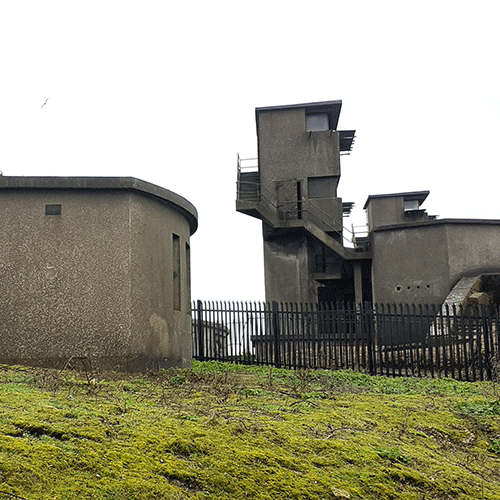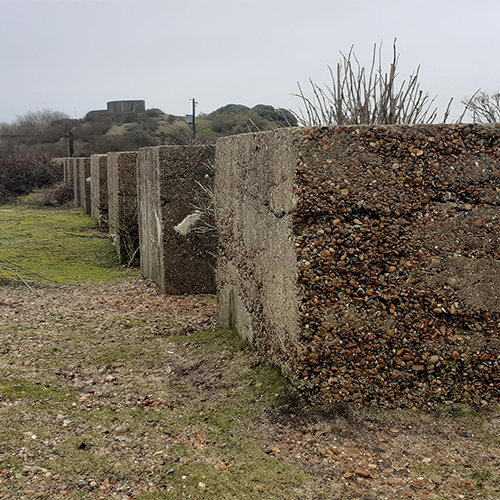There have been defences at Landguard point since the 1540’s following the Dissolution of the Monasteries by Henry VIII. The nation was at risk of invasion by France and Spain and a coastal defence system was installed to prevent an attack. Two earthen Bulwarks were built in 1547, each manned by a captain, two soldiers, a lieutenant, a porter and six gunners. As the structures were earthen, nothing remains.
1667
During the Dutch raids, Canvey Island, Sheerness and Chatham were all attacked and many ships were lost. The Dutch then turned their attentions to Landguard Fort. By this time, Landguard had been rebuilt, modernised and was now a much larger structure.
It was armed with 18 Culverins, 23 Demi Culverins, 9 Sakers, 4 Minions and 5×3 pounders. Under the command of Captain Nathaniel Darell, the Dutch attack was repelled and the siege came to an end. This was to be the last invasion attempt defended by a coastal defence fort.
1745
The fort was reconstructed to incorporate an earlier Lunette, built in 1716. It was armed with ten 18 pounders and ten 9 pounders.
1780
Considerable work was carried out at this time. North and south batteries were added, a large redoubt was built on the east side of the common and a ditch and bank were built across the common to the north of the fort. No trace of these works remain.


1870
During the 1870’s, Landguard common underwent major alterations. Guns were changing in both size and accuracy. Shells were getting much bigger too so the fort needed to be able to withstand an increased firepower.
1905
With the increased risk of attack by an improving Imperial German Navy, new 6 inch guns were installed on wing batteries outside the fort. Sometime between 1902 and 1909 the battery was renamed Left Battery. In around 1922 it was altered to take two experimental 6 inch ‘high angle’ guns. These were designed to drop shells, almost vertically, onto the thinner deck plates of battleships.
WWII
During this time, Landguard was armed with various weapons, to defend the area from both naval and aerial attack. 2 x 6 inch MkXXIV breech loaders, 2 x 12 pounders, 2 x 4.7 inch QF’s (temporary while Darell Battery was being modified), 2 x twin 6 pounders, 3.7 inch anti-aircraft guns, 2 x 6 inch MkVII guns and 40mm Bofors.
1956
In 1956 it was felt that, with the advance of nuclear weapons, forts and batteries were no longer required. In December of that year, coastal defence was abolished, bringing to an end over 400 hundred years of protection.
Back Continue